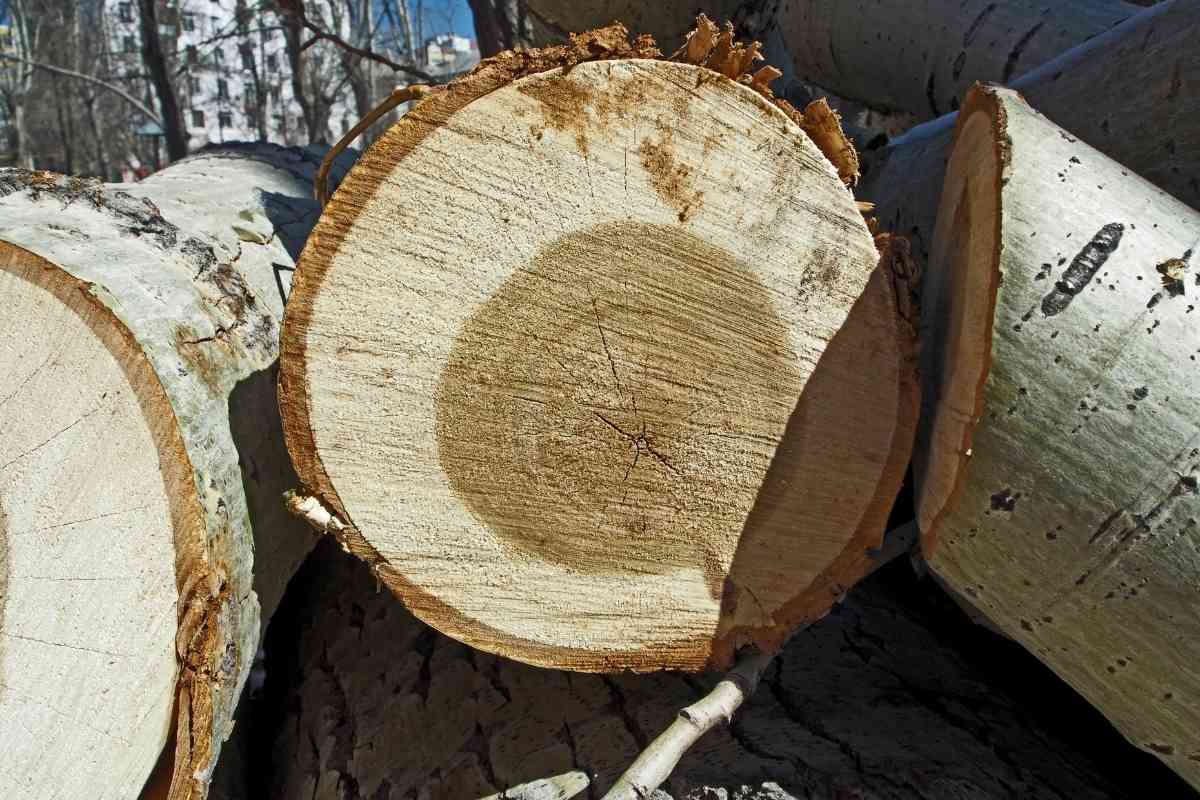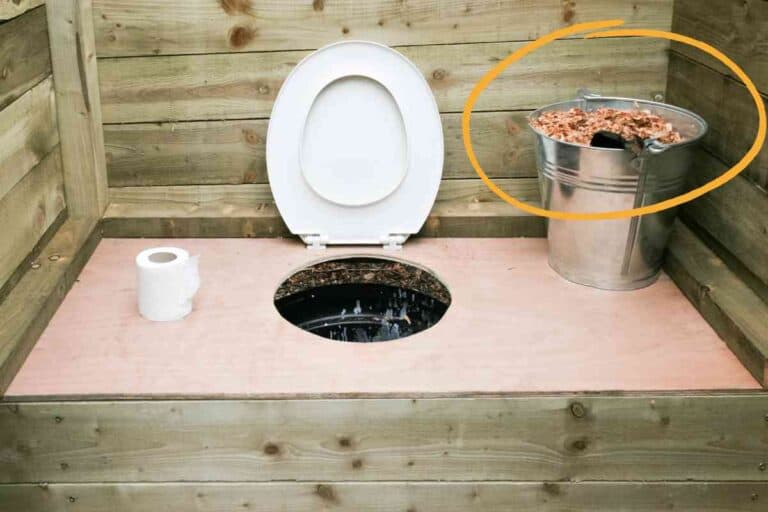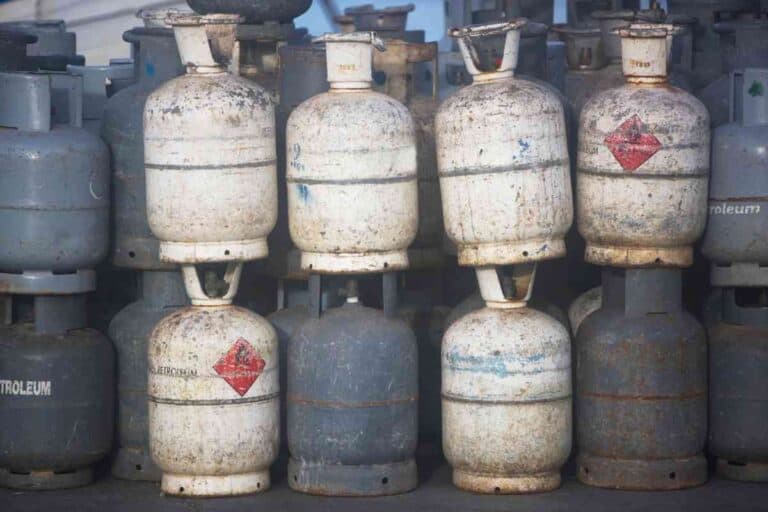Poplar Firewood: Good or Not?
Unveiling the truth about poplar firewood: is it a wise pick for your fireplace or outdoor bonfire? Dive into our article for an in-depth analysis of Poplar’s performance as a firewood choice.

Is Poplar Good for Firewood?
Yes, poplar is a good source of firewood. It does not produce a lot of smoke and is easy to split. This wood is affordable to buy. However, it is better if you mix this wood with other types for an optimal experience.
Bookmark our Ultimate Guide To Firewood to learn even more!
The poplar tree is known for growing fast and is prevalent in the paper-making, furniture, and construction industry.
Although considered hardwood, poplar wood is soft and easy to work with. It is an inexpensive firewood option for the fireplace.
This tree is a hardwood that burns quite hot, despite low heat production. Essentially, it works as kindling and is most preferred as firewood when mixed with other woods.
Is Poplar a Good Option for Burning?
Yes, poplar is among the best options for shoulder season firewood. On average, it is believed to have a BTU range of about 12-14 million BTU per cord.
This heat production is relatively lower than popular alternatives.
Still, poplar burns fast and does well when starting fires or want to keep your fire for short periods. Overall, it can give you enough heat provided that you constantly feed the fire through the night.
The poplar tree is a shoulder season firewood that burns hot and quickly, meaning that you can use it as kindling to light up a fire in no time. To help you stay warm, consider using it with other slow-burning woods.
High amounts of smoke and creosote produced during wood burning can be toxic and irritating. Poplar is safe to burn because it doesn’t produce a lot of smoke or promote creosote build-up.
You can enjoy clean burning whether you are using a wood stove or a fireplace.
Splitting firewood helps to quicken the drying process. When it comes to splitting poplar wood, you just need a splitting axe or maul to create sizable pieces of wood.
However, with poplar, it would be best to use much larger logs since the burn time is quite short. Doing this increases the burn time, and you won’t need to keep adding more wood to sustain a fire.
Yellow Poplar vs Black Poplar

There are more than 30 different types of poplar species throughout the US. Two of the most common species of poplar are yellow poplar and black poplar. Each of these species has its properties and differs from the other.
Another name for yellow poplar is the tulip tree.
It is a fast-growing tree and has its origin in the eastern US. Yellow poplar can make good firewood for a fireplace because it produces intense heat. It has a BTU rating of 16 million and is denser than other poplar types.
While it is considered medium-quality hardwood, Yellow poplar is easy to split and produces a moderate amount of smoke. However, since yellow poplar lacks high-quality coals, it cannot sustain a fire for very long.
Hence, there is a need to use another long-lasting wood. Alternatively, you can use it as kindling.
Also known as Populus nigra, black poplar has its origin in northwest Europe. The tree species have declined in the UK and grow in isolation.
In terms of firewood use, black poplar is a good choice for clean burning since it gives off little smoke compared to yellow poplar. However, you may need to season it completely because it has a high moisture content.
Ultimately, yellow poplar can get the job done as kindling or when you want decent BTU to warm up your home.
On the other hand, black poplar could be your go-to firewood if you prefer clean burning. It is also great for indoor use since it doesn’t emit a lot of smoke.
How Long Does Poplar Firewood Need to Season?
Poplar is a type of softwood that is not only soft but also dries quickly. Poplar often takes around 6 to 12 months to dry, which means that you won’t have to wait for long to have it ready.
Like most firewood options, burning dry poplar wood reduces smoke production.
While you may want to use green poplar as firewood, take note that it can be very smoky. Besides, it makes an appropriate fire starter when dry and it can be used with other woods like oak.
For best seasoning results, split the wood and place it off the ground to ensure maximum air circulation. Within 6 months, your poplar wood should be good to use.
What Wood Should Not Be Used for Firewood?
Choosing the right type of firewood is paramount whether you are relaxing at home or around a campfire with friends.
Although there are many types of hardwoods and softwoods that you can choose, others may not be the best choice. Knowing what wood should not be used for firewood will help you to keep warm safely.
Before adding logs to your fireplace, ensure that you first examine them for traces of poison. When burned, poisonous plants like poison ivy can lead to critical health issues, particularly for those who are allergic.
Something else that should not come near your fireplace is driftwood. This type of wood contains a high amount of salt.
During burning, the chlorine in salt mixes with compounds from the wood, releasing toxic chemicals that can cause cancer.
Most people find no problem burning painted or treated wood. However, this type of wood is more likely to release cancer-causing chemicals when burned.
This is also true for sealed wood. Most importantly, never burn green firewood, no matter how fast you want to get the fire started.
A problem with green or wet wood is the high moisture content can promote creosote build-up. The creosote buildup may not be safe for your wood stove or chimney.
When inhaled in large amounts, creosote can be very harmful to your health. Green firewood also makes smoky fires, which can be quite irritating.
Is Poplar Wood Good for Anything?
There are many advantages of using poplar as firewood including its high heat output, short seasoning period, moderate smoke production, and high availability. Although it does not last very long, it makes an ideal fire starter.
In addition to this, poplar has other uses like making cupboards, crates, boxes, and paper products such as tissue and paper towels.
Some people also use wood from this tree to make good furniture. It is also handy for making veneer, particle board, and plywood, owing to its strength. Poplar logs are among the most popular logs used to build quality log cabins.
This is because it is straight, easy to split, has low workability, and is easily available.
Related Reading
- Can I Burn Railroad Ties? Why Not?
- Is Pin Oak Good For Firewood?
- How Long Does It Take To Season Oak Before You Can Burn It?
- The Ultimate Guide to Firewood: Types, Preparation, and Storage
- Using Hackberry For Firewood (The Right Way!)
- Drying Firewood? Read Our Ultimate Guide And Save Time!
- Tips For Using Poplar Wood For Firewood
- Is Chinese Elm Good Firewood?
- Using Pine For Firewood
- Is Water Oak Good for Firewood?
- Is Cedar Wood Good For Firewood? (Avoid This Mistake!)
- How Much Land Do I Need to Grow Firewood?
- Is Orange Tree Wood Good Firewood?
- Using Sycamore As Firewood? Consider This First!
- Is Silver Maple Good For Firewood? Answered!
- Why Is My Firewood Burning Blue And Green? Should I Worry?
Key Takeaways
- Although not the most popular, poplar makes a good firewood choice because of its quickness in burning and affordability.
- Poplar works best as kindling or as shoulder firewood during months with cooler temperatures.
- Combining poplar with slow-burning wood like maple can create a long-lasting fire.
- It takes approximately 6 months and 12 months at most to season poplar wood.






![Can Microinverters Be Used Off Grid? [Answered!]](https://freedomresidence.com/wp-content/uploads/2022/05/Can-Microinverters-Be-Used-Off-Grid-768x512.jpg)